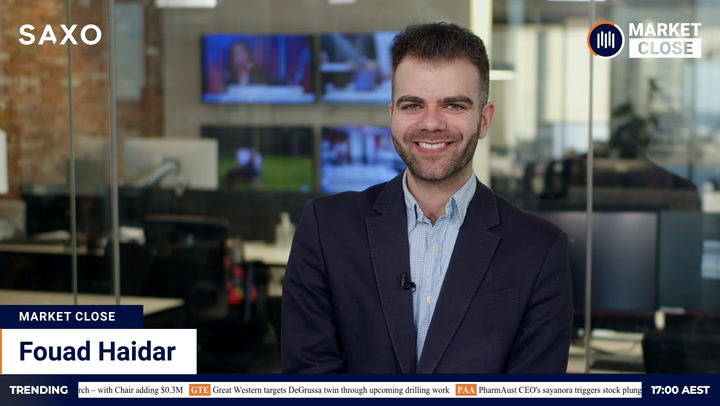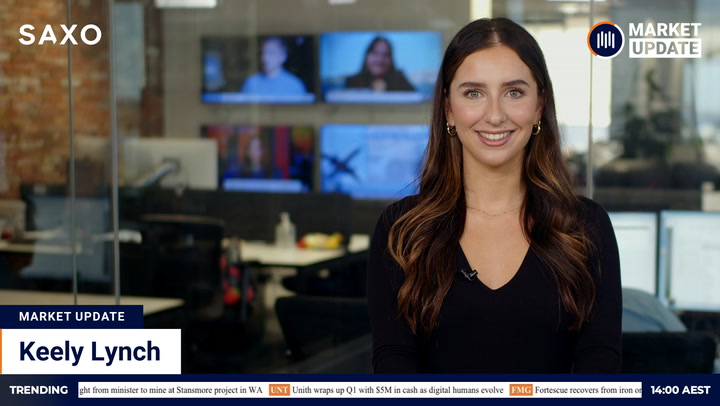In August this year, I wrote about the ASX’s IPO drought through 2023.
At the time I wrote that article, there were only three companies set to list that month.
Now in December, revisiting the question, I’m seeing a repeat pattern – as of December 19, there are only three companies set to list in January of 2024.
The Australian Securities Exchange’s David Park confirmed to The Market Herald the following figures for 2023:
- Only 44 companies listed on the bourse
- Initial capital raised of only $1.1 billion
- Quoted market cap of new listings is $33 billion
What’s more, the pool of companies set to list in early 2024 is already smaller than it was looking only weeks ago.
One company that was intending to list early next year, XLR8 Metals, has withdrawn its application for now.
Commodity prices matter for ASX IPOs
Bear with me on a tangent here, because it’s relevant – particularly so for the Australian stock market.
XLR8 was going to be a nickel miner, but with nickel prices down nearly 40 per cent over the last year, it’s not hard to see why they might wait for a better environment.

The reason XLR8 might be scared off by low nickel prices is the same reason ASX-listed uranium miners have only just started kicking back up again.
When commodity prices for any metal are low, many junior explorers can’t justify the economics of spending on exploration.
Uranium’s return to pre-Fukushima prices earlier this year, for example, explains the sudden uptick in activity from uranium miners in late 2023. Suddenly, the economics make a lot more sense.
But while uranium could very well have a solid 2024, a lot of other commodities are suffering.
Our national bourse, of course, is chock full of miners. You can probably see where I’m going with this. But first, more numbers.
Commodities slammed by Chinese slowdown
As of the afternoon of December 19, take a look at year-on-year (YoY) price movements for the below commodities, according to TradingEconomics:
- Lithium prices are down 82.83 per cent
- Coal prices are down 63.93 per cent
- Titanium prices are down 36.11 per cent
- Cobalt prices are down 43.92 per cent
- Nickel prices are down 39.92 per cent
- Rhodium prices are down 64.02 per cent
- Neodymium prices down 39.68 per cent
- Urea ammonium prices are down 55.00 per cent
While these declines need to be situated in the context of easing post-COVID supply chain pressures, there’s also the issue of China’s economic slowdown.
And that’s a potential problem heading into 2024 for ASX IPOs.
Thanks for sticking with me, because I’m about to make my point.
It’s no secret that, like Canada’s TSX, the ASX is heavily exposed to mining. We are, after all, a resource-rich export country.
So if commodity prices are too low for many juniors to take on the massive risk of listing an exploration company – then one can predict this will impact how many explorers decide to go public in 2024.
To not get too doomsaying, let’s ask: what commodities are doing well?
Iron ore and uranium OK
The only two commodities that have really seen decent gains this year are uranium, as mentioned above, and iron ore.
Luckily, Australia has lots of both.
It’s also lucky our national budgets depend on iron ore, oil, and gas prices. Never forget Australia is basically Texas Of The South.
The thing about iron ore is – with Rio Tinto, BHP, Fortescue, Mineral Resources and South32 all in the mix, the space is pretty crowded.
And so what about lithium? Even if lithium prices recover on some shock supply disruption, you can probably bet we won’t see activity equivalent to 2021 and 2022 – sometimes it feels like there’s one lithium explorer on the bourse for every Australian alive today.
The Australian market collectively continues to reward any company that finds a rock visually similar to lithium on-site, but I wager investors aren’t quite yet acknowledging just how much lithium prices have fallen this year.
I imagine in 2024 we’ll see that realisation start to take shape, but, you know what they say – markets can stay irrational longer than you think.
Anyway. Does all of this mean we’ll see a wave of uranium miners list on the ASX in 2024? It’s possible – but impossible to know for sure.
The good news is that commodity prices tend to be receptive to unexpected changes in supply, so, it’s entirely plausible that we could indeed see shock supply shortages changing things up.
Looking beyond mining
It’s not like mining companies are the only companies on the bourse. While banks are suffering as a sector right now, Commonwealth Bank remains among the ASX’s biggest mainstays alongside named like BHP.
We’ve also got a fairly robust healthcare sector, despite losing popularity during the lithium era. Just look at LTR Pharma, a new ASX constituent selling nasal Viagra.
But while six stocks were listed on the Aussie bourse in December of 2023, it appears this is the biggest flurry of activity in one month we’re going to see for at least another few.
In a research note released in August of 2023, Morgan Stanley analysts predicted that the ASX IPO market will start to recover towards the end of 2024.
I know what you’re thinking. That’s incredibly boring. Are there any prospects of a revival coming sooner?
Any at all?
That depends, and as with all things markets, it depends mostly on who you ask.
Of course: interest rate cuts will help everything. All eyes are to remain on the Fed through 1H CY2024 – that much is obvious.

Canva pushing back to 2025
Unfortunately, it’s probably worth noting that Canva has decided it won’t list on the ASX until 2025.
This harmonises with the caution from Morgan Stanley analysts, and given Canva’s popularity among Sydney fund managers eager for a new Australian tech darling, it’s probable Canva’s Board have read that same research.
Canva, for the uninitiated, is a company owned by Perth-based Melanie Perkins. The company’s flagship product is effectively a Photoshop competitor.
Canva attracts extremely high valuations for a company ultimately reliant on people buying a type of product that other providers offer online for free.
Regardless, Canva is by far one of the hottest-watched potential IPOs in Australia, matched in status only by other big names like Virgin Australia.
Virgin, which has been talking about a new listing for years – back in the day, it was on the bourse – has also repeatedly delayed its plans for a listing over the last few years.
Virgin Australia could list in 2024, but, I’d be surprised if it happens before July.
We were treated to the news Chemist Warehouse will join the bourse in late 2023, but Chemist Warehouse isn’t really doing an IPO – in layman’s terms, it’s just setting up shop inside a company already on the bourse.
Who says Morgan Stanley knows it all?
It’s not like Morgan Stanley is the only one in Australia with predictions on the ASX IPO market in 2024, either.
But at the end of the day – the reality is, nobody can be entirely sure what the ASX 2024 IPO market will look like.
I’m willing to bet that a pick-up in activity will occur towards the end of the 2024 calendar year – per Morgan Stanley – and I expect a lot of that will have to do with the first US Fed rate cut.
BlackRock, Citigroup, and others expect that to start happening in the second half of 2024. Market punters are far more bullish on the prospect it could happen earlier, but I wouldn’t hold my breath, personally.
Ernst & Young, for instance, expects enthusiasm to pick up for IPOs in 2024, but in my view, that’s a bit of a nothing statement. Of course, it will be. Everybody is waiting for IPOs to go back to normal.
We could see some carbon-market-related stocks list on the ASX, maybe. UBS expects ESG to become a popular theme again in 2024.
At the same time, per Carbon Pulse, the ASX is set to launch a carbon credits futures trading platform later in the year.
But with Fitch Ratings expecting global economic headwinds to remain in place through 2024, it’s most probable we aren’t going to bounce back to pre-COVID levels.
Canva, regrettably, probably has the right idea. Then again, maybe not.
Just think about how good that first US Fed rate cut rally’s gonna be, though.






